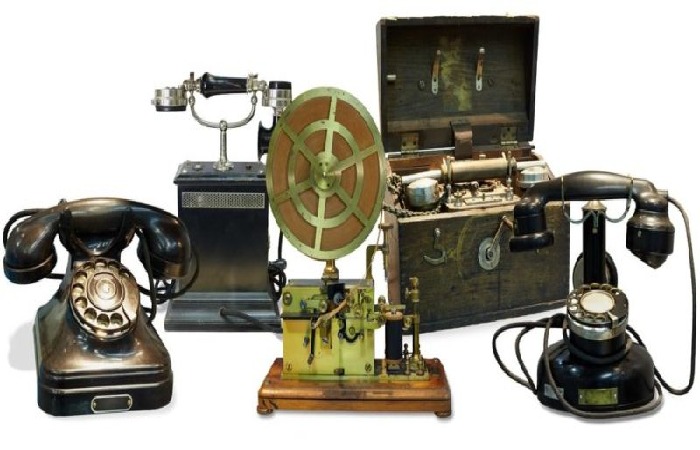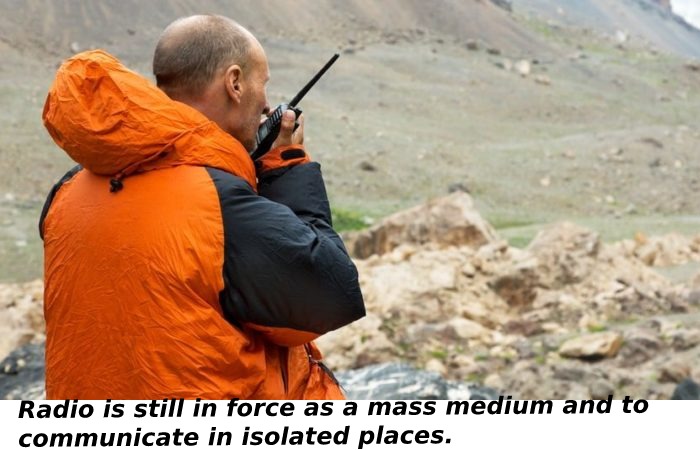Table of Contents
What is telecommunications
When we speak of telecommunications, we refer to the science and practice of transmitting information by electromagnetic means using several specialized techniques and materials. Such data can consist of text data, audio, video, or a combination of the three.
The term telecommunication is derived from the French word télécommunication, which comprises the Greek prefix tele – “distance” and the Latin word comunicare “to share.”
At the beginning of the 19th century, the engineer and writer Édouard Estaunié (1862-1942) replaced the term previously used for communication through electrical impulses: telegraphy.
Moreover, in telecommunications today, we find numerous technologies, from radio, television, telephony, computer networks, and the Internet to radio navigation, GPS, and telemetry.
In almost all cases, these are systems that are equipped with:
One issuer
It encrypts and transmits the signal via various media or channels.
One or more recipients
They take delivery and decode the signal and may (or may not) serve as transmitters.
Repeaters, routers, and switches
These are devices that amplify, channel, modify or resend the signals sent by the transmitter.
One can speak of telecommunications engineering, or simply telecommunications, to refer to the study of this type of technology to manage, improve, and innovate it.
History of telecommunications

- The tried and tested overcame distances for sending and receiving signals very early on.
- To do this, he used smoke signals, instrument sounds, human messengers, or fire strings.
- But it was only with the advent of the post in its various versions, some older than others, that a true long-distance communication system emerged.
- It aimed at communicating with the king or the imperial metropolis, their distant subjects, or their colonial territories.
- For their part, the first high-speed distance communication systems were created in modern times.
- Thanks to the predominance of electricity, transmitting simple messages, usually limited to one word, emerged by telegraph.
- Inspired by old optical versions that relied on encoding a message with symbols that could be seen from afar.
- The first forms of the electric telegraph were developed in the first half of the 19th century, revolutionizing the field of communication through Morse Code.
- This invention consolidated itself in the following years as the great modern means of communication, particularly in the US, thanks to the growth of the railways.
- It serves as the basis for future inventions such as the “speaking telegraph” (telephone) or “wireless telegraphy” (radio communication).
- During the last decades of the 19th century and the first decades of the 20th century.
- The telephone was developed, Alexander Graham Bell (1847-1922) and/or Elisha Gray (1835-1901).
- In addition, the experiences of scientists and inventors such as Thomas Alva Edison (1847-1931).
- Nikola Tesla (1856-1943), and Aleksandr Popov (1859-1905) represented a scientific and technological revolution in the telecommunications field.
- The invention of the radio transmitter by Guillermo Marconi (1874-1937) led to devices.
- Diverse as the teletype or shortwave transmitter and transistor radio and television in the 20th century.
- Humans have never managed to communicate so much and over such long distances as they have since then.
- Finally, after discovering computers and their integration into information exchange networks.
- New technologies came along: modems, sonar, microwaves, telecommunications satellites, cellular communications, WiFi.
- And also, other modern types of information transmission. Information digitized by electromagnetic waves.
Types of telecommunications

To classify telecommunications according to different elements, there are many ways. For example, a distinction can made between unidirectional communication.
The sender is always the sender, and bidirectional, in which the recipient ultimately also takes on the sender’s role.
Radio communication
It relates not only to the transmission of radio waves in AM and FM from commercial stations
The program of which must view by the public on their radios but also on shortwave radios such as those used for radio navigation and radio broadcasting. Military communication.
Telephony
The old Graham Bell landline telephony was over the 20 and delay.
TV
The great invention that revolutionized the media in the 20th century survived by adapting itself to the times.
Through satellite broadcasts or streaming over the Internet to bring both audio and images to the receiving devices of every home, whether live and live.
Internet
Today everything connects to the Internet, the extensive network of computer networks that enables information to be sent to one another over enormous distances.
It is a complex network of interconnected computers to exchange an immense amount of data of all kinds via fiber optic cables, coaxial cables, or radio waves (WiFi).
The Internet enables a variety of services such as email, streaming services, the World Wide Web, etc.
Fax
Since the advent of the internet, it considered obsolete and abandoned around the world.
A technology extinct now, but used as an example, consists of sending over telephone lines.
The reproduction of an image extracted from the text that resembles a photocopier, but the originals of which were far away.
Effects of telecommunications
Telecommunications play a fundamental role in most technological systems today.
Both in the commercial and financial sectors and in the military, leisure, and cultural sectors. However, Its effects have forever changed the way we interact and communicate with people.
They have enabled the emergence of a more homogeneous culture while at the same time allowing new forms of commercial exchange and new services.
It has become the most innovative, challenging, and capital-intensive area in the world today.
Career in telecommunications
The telecommunications course is carried out according to very different approaches, each represented in a university or similar degree, which among other things includes such different degrees:
- Telecommunication technology
- Web developer
- Advanced technical degree in computer networks
- University technician in telecommunications
The telecommunication course has a clear technological profile of applied sciences and electrical engineering, economics, and materials engineering.
